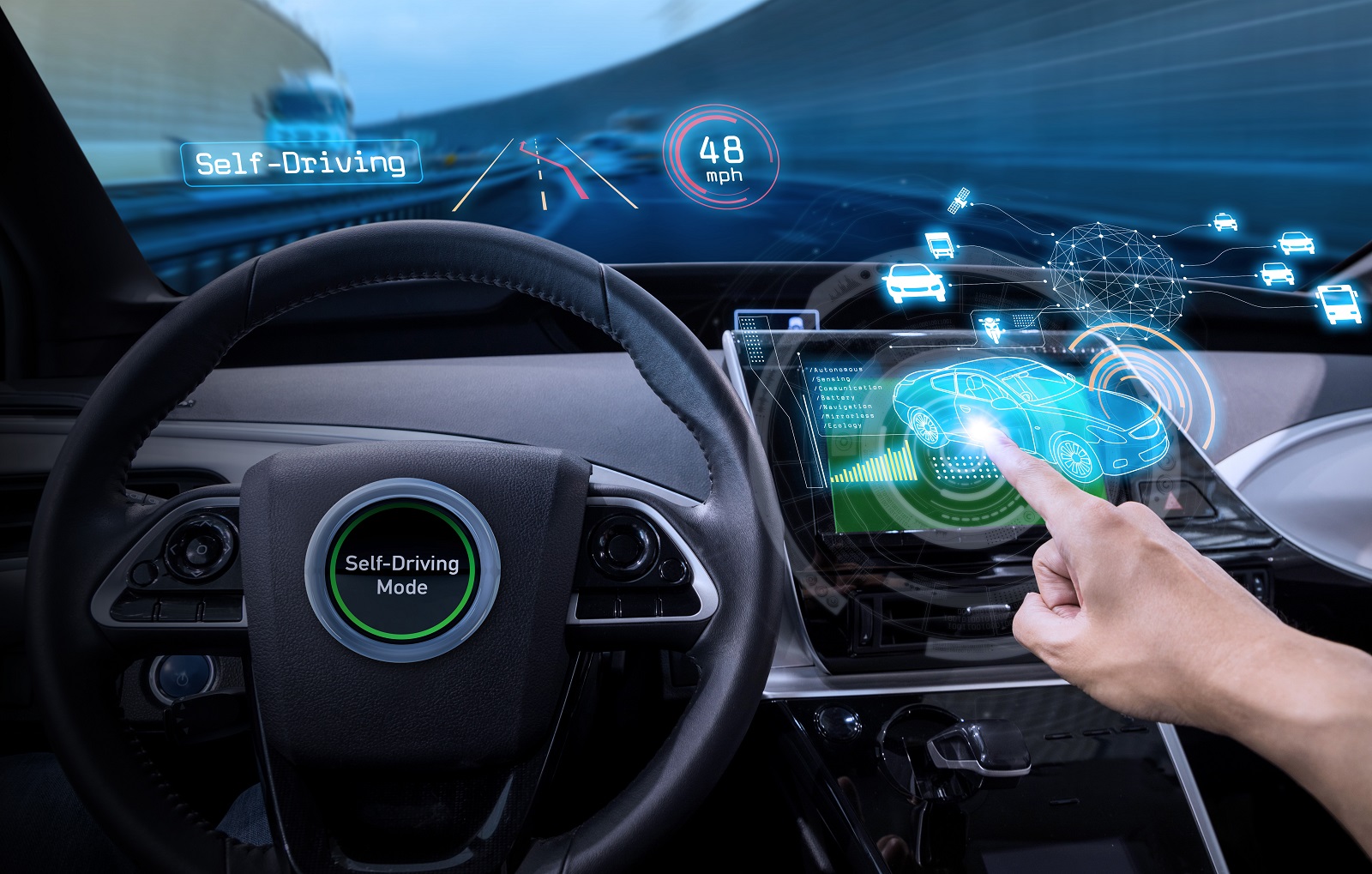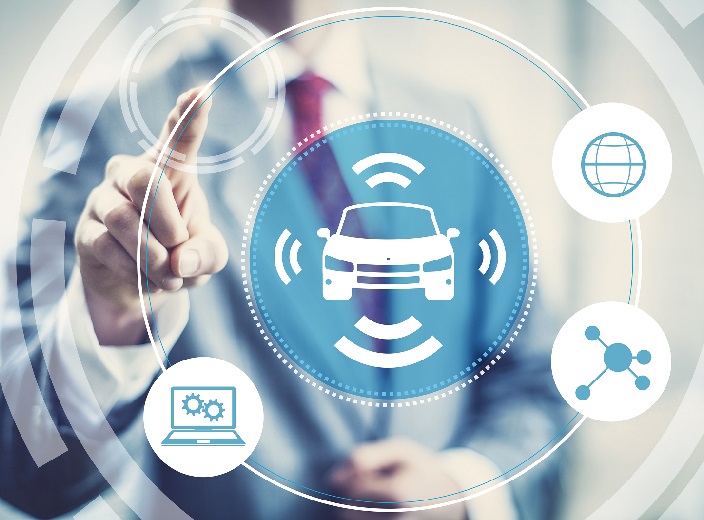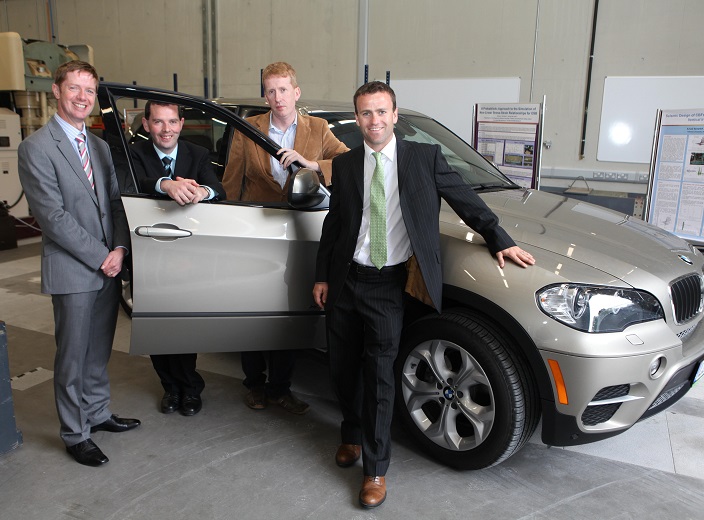-
Courses

Courses
Choosing a course is one of the most important decisions you'll ever make! View our courses and see what our students and lecturers have to say about the courses you are interested in at the links below.
-
University Life

University Life
Each year more than 4,000 choose University of Galway as their University of choice. Find out what life at University of Galway is all about here.
-
About University of Galway

About University of Galway
Since 1845, University of Galway has been sharing the highest quality teaching and research with Ireland and the world. Find out what makes our University so special – from our distinguished history to the latest news and campus developments.
-
Colleges & Schools

Colleges & Schools
University of Galway has earned international recognition as a research-led university with a commitment to top quality teaching across a range of key areas of expertise.
-
Research & Innovation

Research & Innovation
University of Galway’s vibrant research community take on some of the most pressing challenges of our times.
-
Business & Industry

Guiding Breakthrough Research at University of Galway
We explore and facilitate commercial opportunities for the research community at University of Galway, as well as facilitating industry partnership.
-
Alumni & Friends

Alumni & Friends
There are 128,000 University of Galway alumni worldwide. Stay connected to your alumni community! Join our social networks and update your details online.
-
Community Engagement

Community Engagement
At University of Galway, we believe that the best learning takes place when you apply what you learn in a real world context. That's why many of our courses include work placements or community projects.
CAR
Welcome
The Connaught Automotive Research (CAR) Group NUI Galway was established in 2005 by its directors Dr Edward Jones and Dr Martin Glavin. The primary objective of the CAR Group is to develop technology for intelligent vehicles, through the application of state of the art techniques in signal processing, image processing, computer vision and machine learning. This is an area of increasing interest and importance to society, and ranges from advanced driver assistance systems (ADAS) that support the driver in managing the vehicle in its environment, through semi-autonomous operation where the vehicle drives itself in limited circumstances, and eventually to fully-autonomous systems. The work of the CAR Group is based on broader expertise in Electrical & Electronic Engineering on the application of signal processing and machine learning algorithms in a range of application domains includeing biomedical, speech, and environment/agriculture, that has been developed over 25 years.
Connaught Automotive Research (CAR) Group
Developing signal and image processing technology for the automotive industry.
Current Research Topics:

Applications of Wireless Communications Technologies
This research involves automotive applications of wireless communications technologies for distribution of information (control information, or entertainment) inside the vehicle.
Previous projects have investigated the potential of Bluetooth as a primary interface to the vehicle for access, control and telemetry for the purposes of diagnostics and repair.

Applications of Digital Signal Processing for In-Car Audio Systems
In this area, the group are investigating the application of DSP techniques for speech and audio processing in the automotive environment.
In particular, for the purposes of improving the quality of sound in the vehicle cabin, e.g. by reducing the perceptual effects of background noise.

Image Processing for Driver-Assist Applications
This work involves the development and prototyping of image processing algorithms suitable for so-called "driver assist" applications, particularly with safety in mind.
The basic concept is to process image streams from cameras placed at various locations on the vehicle, and to extract or emphasise useful information in these image streams. For example, important features such as other road users, signs, and road markings are detected from the image streams, and this information is then fed to the driver. The additional input from the driver assist technology will facilitate earlier detection of potential hazards.



















